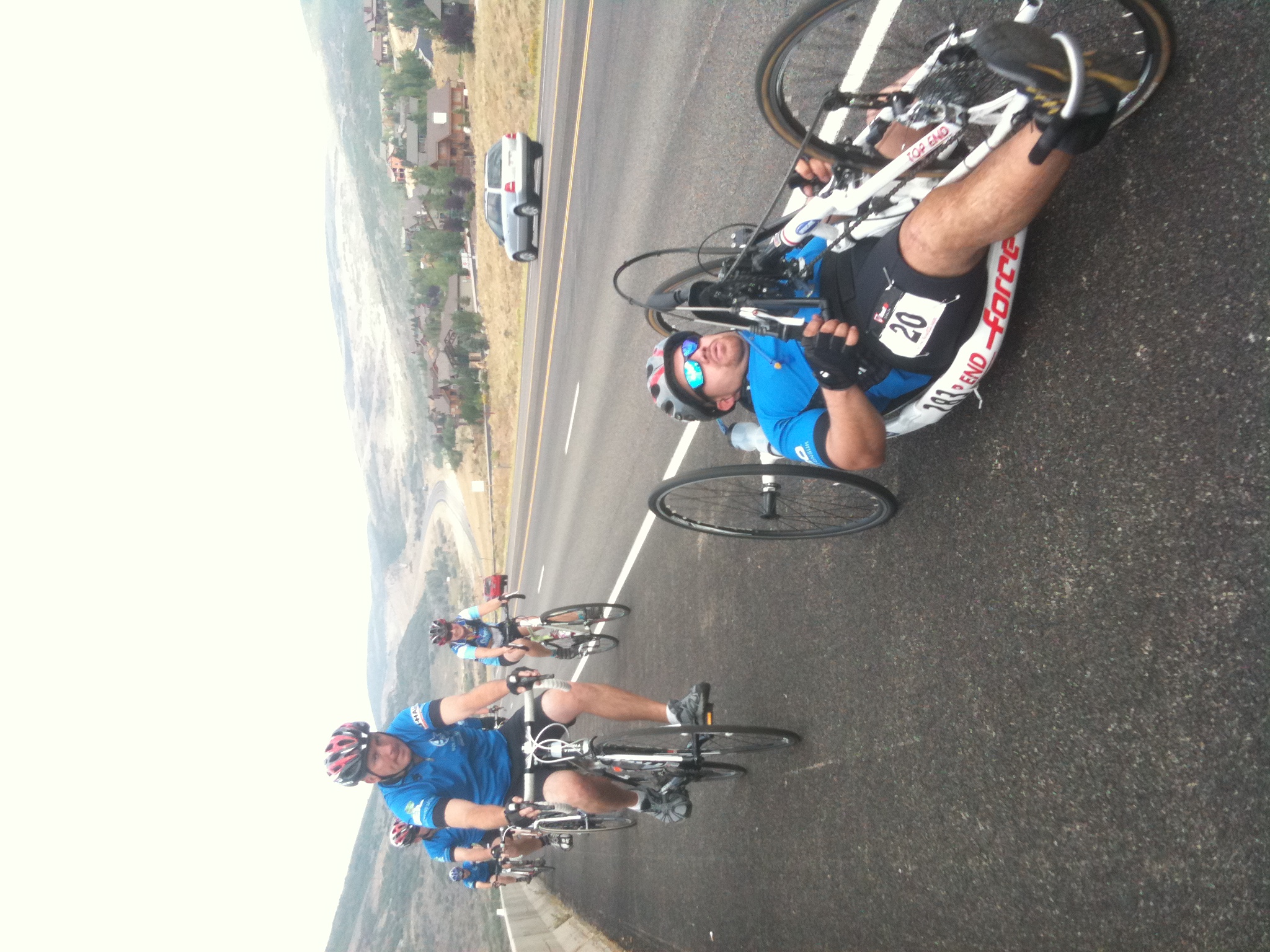By Charles Pekow — The number of state governments increasing their commitment to cycling has been steadily rising for a decade. Or so states the latest data from the Alliance for Biking & Walking. The Alliance’s Bicycling & Walking in the United States: 2016 Benchmarking Report documents a steady rise in the number of statewide goals to increase bicycling and walking from 16 in 2007 to 36 this year. The number of states that implemented Complete Streets policies also rose steadily from nine to 30 over the decade, among other steady increases in statewide cycling interests.
When it comes to which states spend the most per capita on bike/walk projects, Montana leads the way in the Mountain West area, spending $5.49 per person per year (which really doesn’t sound like a lot, but it includes everybody, including those who never mounted a cycle, or for that matter walked a step). Wyoming finished second at $4.57. From there, per person spending drops way down to $2.32 in Utah (which somehow ranked fifth in the League of American Bicyclists Bicycle Friendly State rankings last year), $2.07 in Nevada, $2.01 in Arizona, a paltry $1.33 in Colorado — the 5th most bicycle friendly state in the rankings. Idaho won the regional booby prize by spending only 82 cents per person on biking and walking projects.
Despite ongoing efforts to encourage women to ride, the report states that nationwide, “women represent 47 percent of the commuter population but are only 27 percent of commuters who bike to work.” But Wyoming women outpace the nation in this regard. Wyoming led the nation in percentage of bike commuters who are female — 45 percent of Wyomingites who cycle to work are women, the same percentage of the state’s workforce that commute by any means. Neighboring Idaho, by contrast, fell below average: while 44 percent of those who commute to work are female, women only account for 24 percent of those who commute by bike in the state.
Of 69 cities studied; Boulder, CO finished second in the nation in the percentage of bicycle commuters at 10.8 percent (second only to the college town of Davis, CA). Nearby Fort Collins, finished fourth at 7.4 percent. In Salt Lake City, the rate totaled 2.9 percent. (Note: figures may be misleading as people can use more than one means to get to work on any given day or depending on weather conditions.)
Wyoming also reported only one bicycle traffic fatality between 2011 and 2013 — only Vermont did better with zero. Arizona claimed the dubious distinction of hosting the highest percentage of bicycle fatalities as a percentage of all traffic fatalities in the region during the period, at three percent, exceeded nationwide only by Florida’s four percent.
A few other notes about the region from the report:
- All Mountain West states allow bicycles the right of way in crosswalks.
- Only Montana lacks a specific provision allowing bicyclists to ride two abreast.
- Only Utah, Arizona and Nevada have passed three-foot passing requirements.
(Figures only include the 50 states. The Alliance also tracked data in about 69 cities, including the nation’s 50 largest.) You can find the report at http://www.bikewalkalliance.org/resources/benchmarking.







